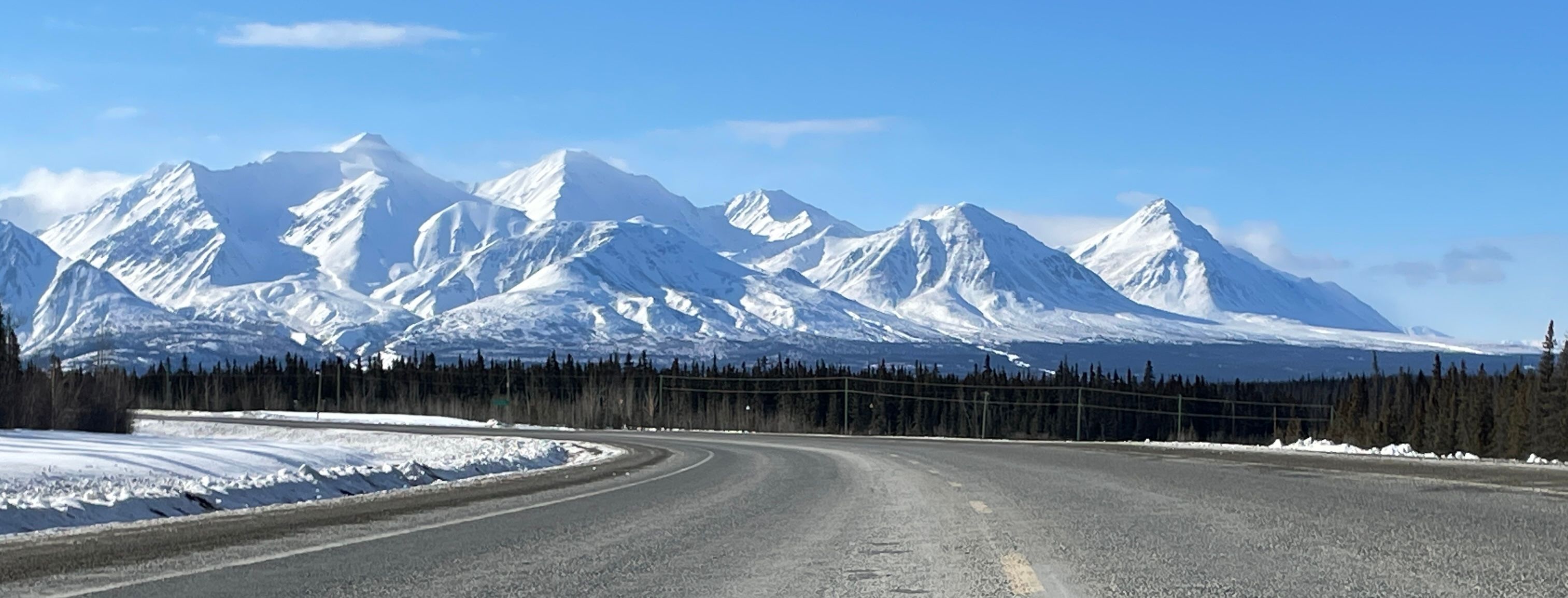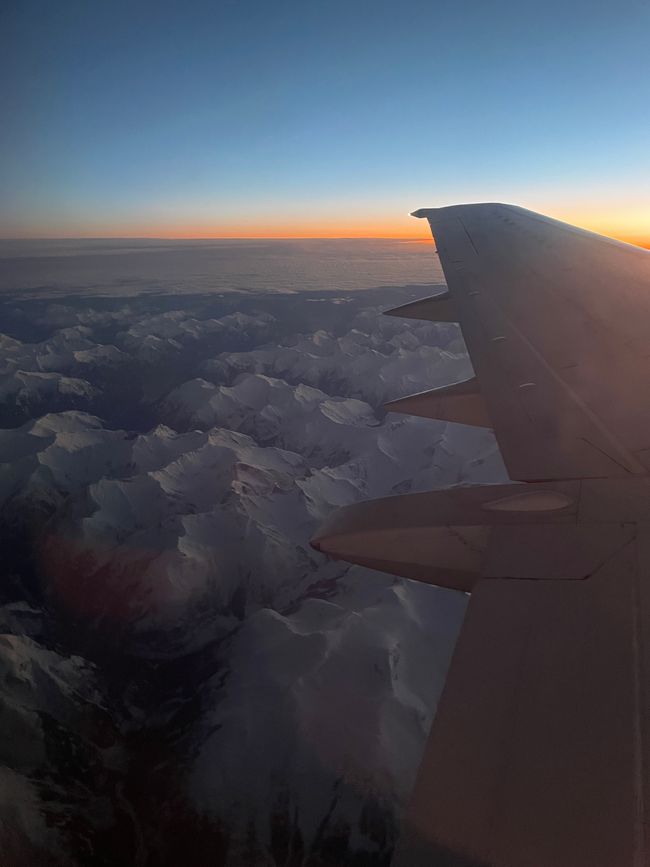24.07.-26.07. - Quito, Ecuador
પ્રકાશિત: 31.07.2023
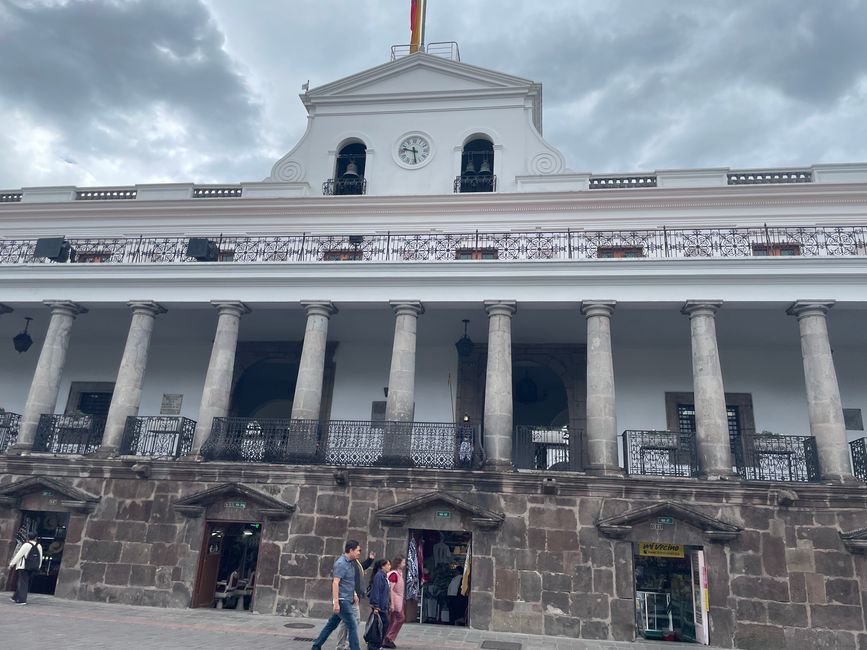
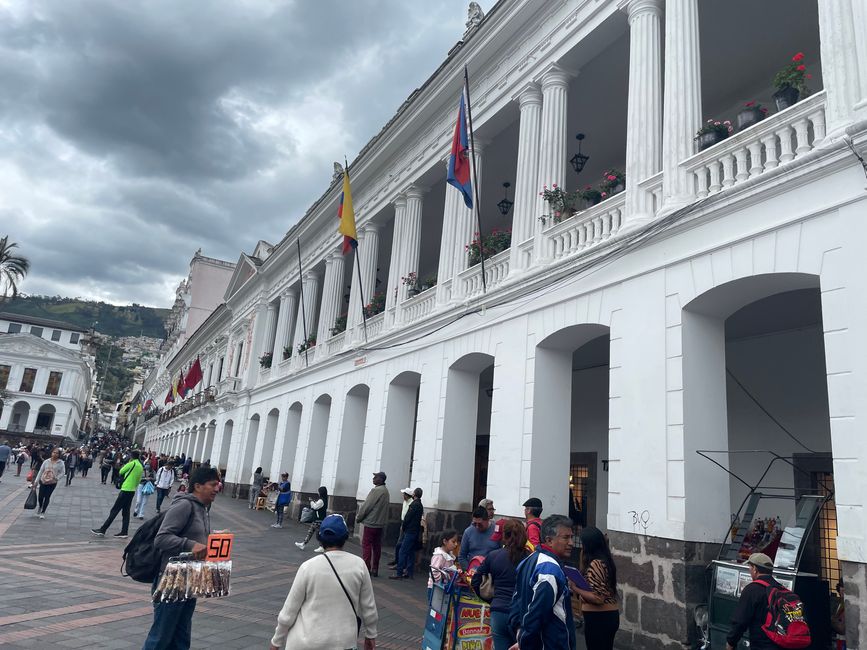
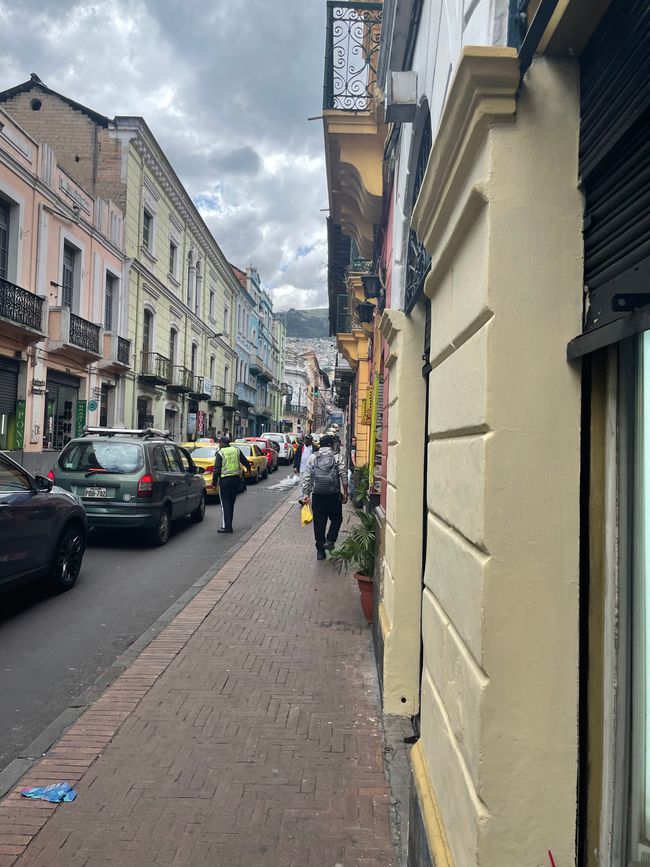
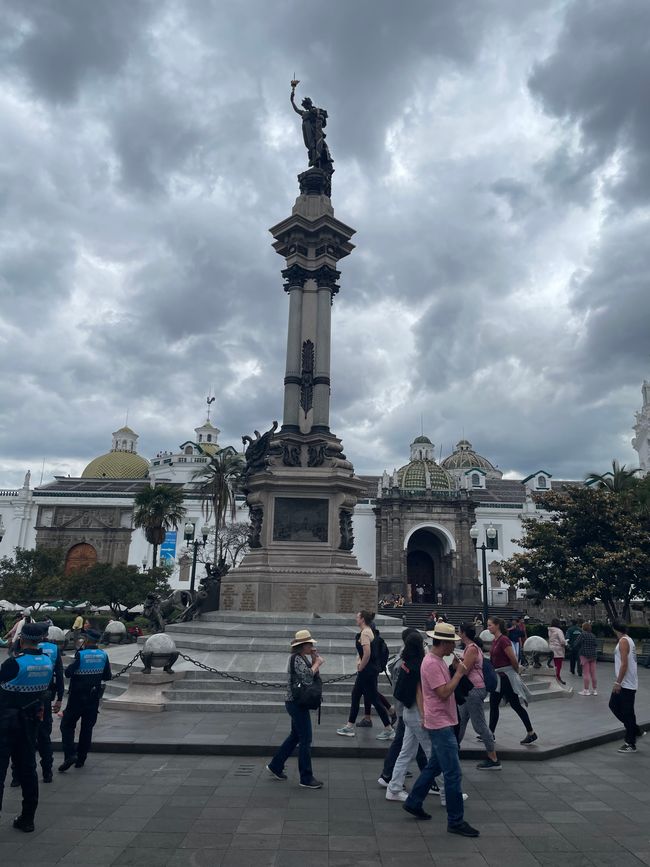
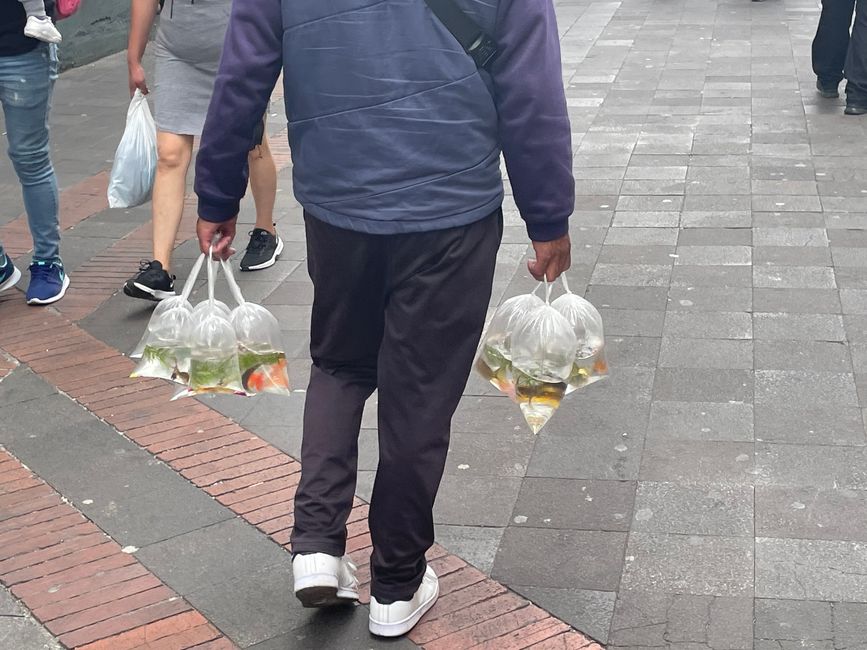
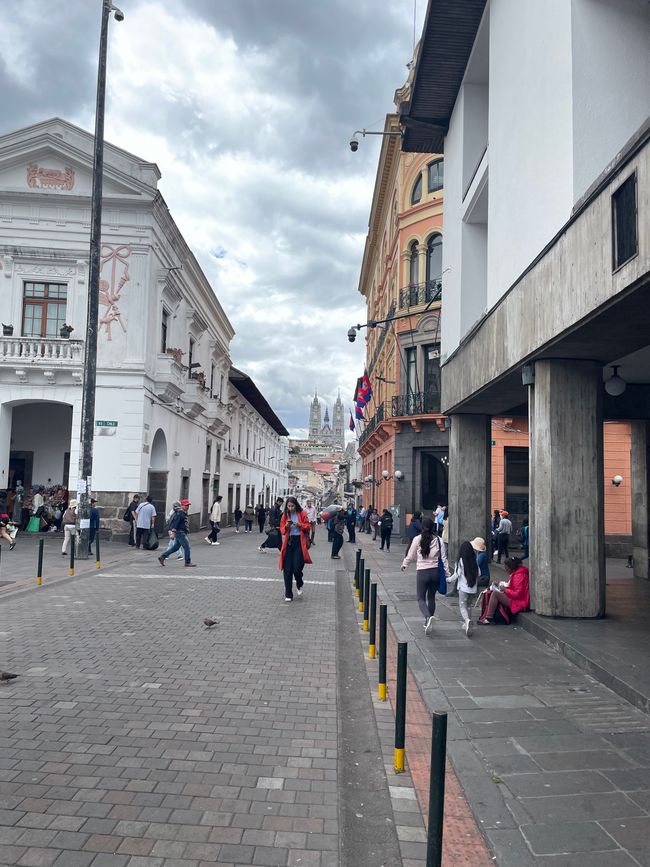
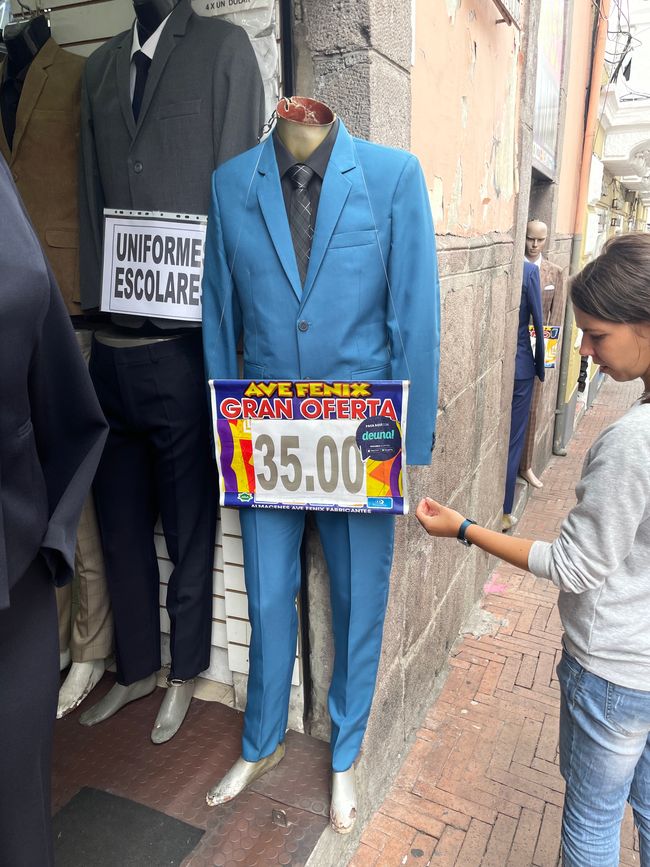
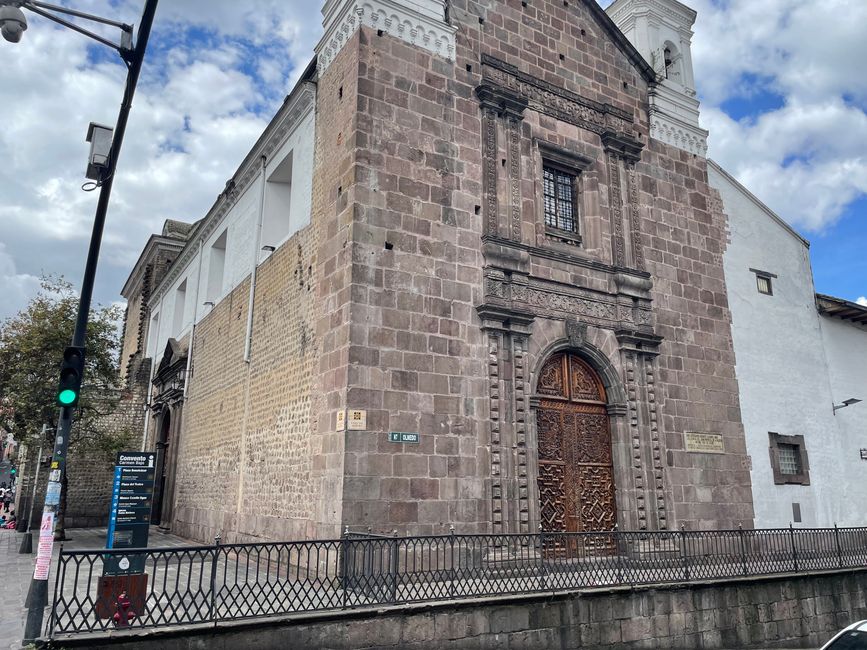
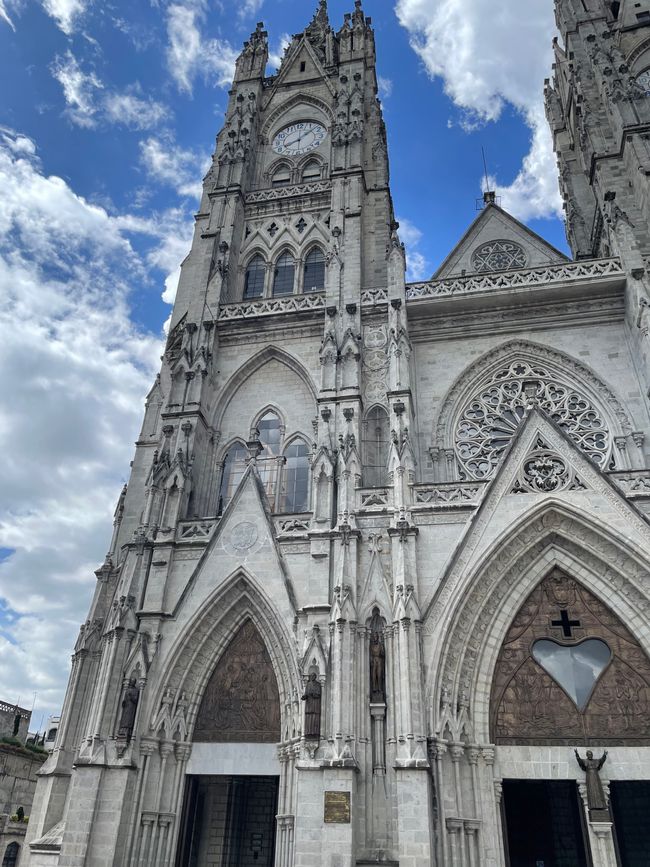
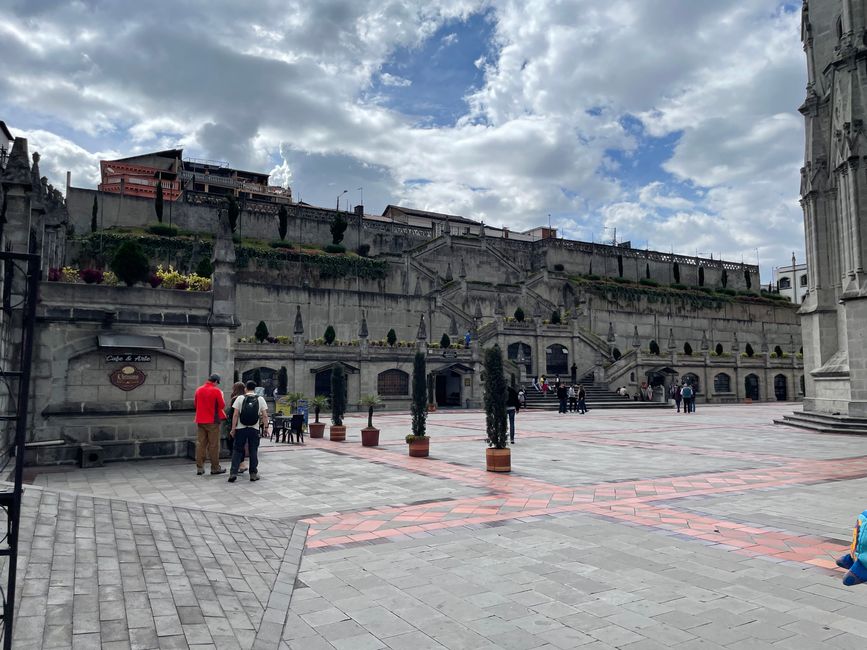
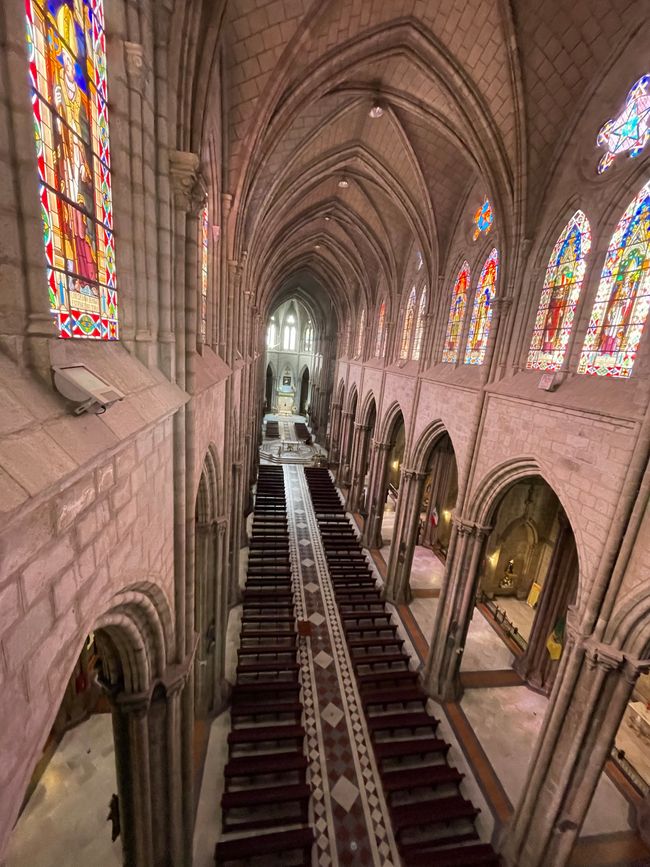
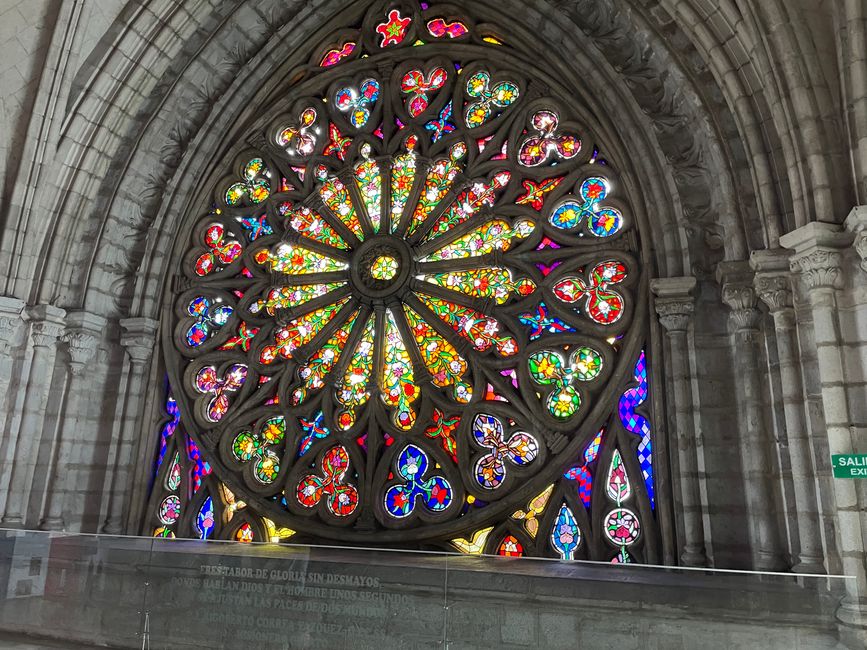
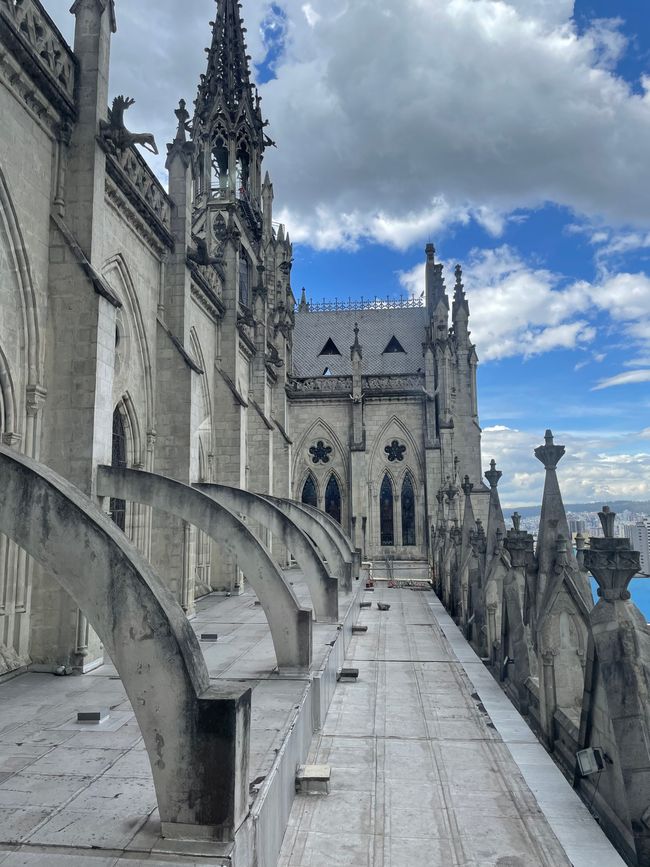
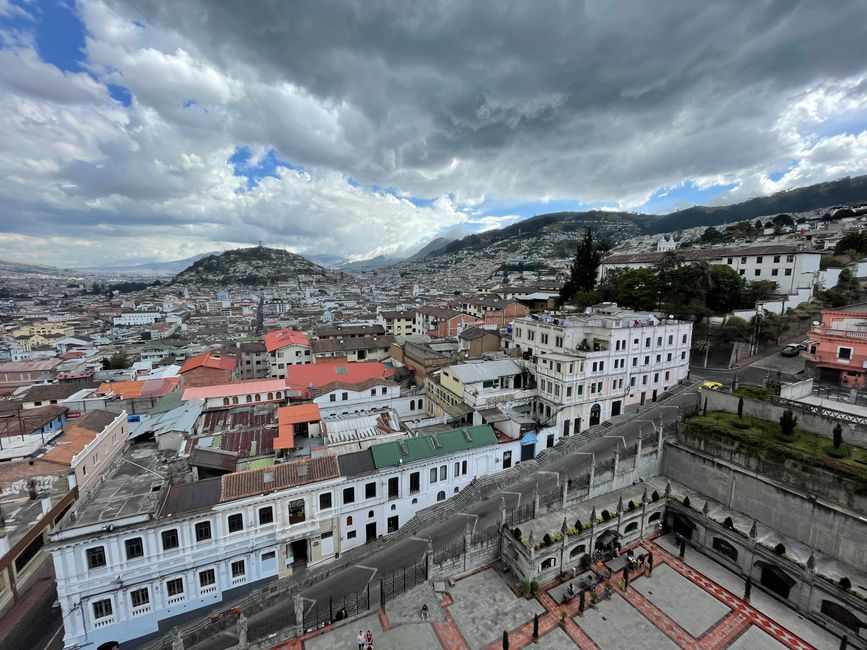
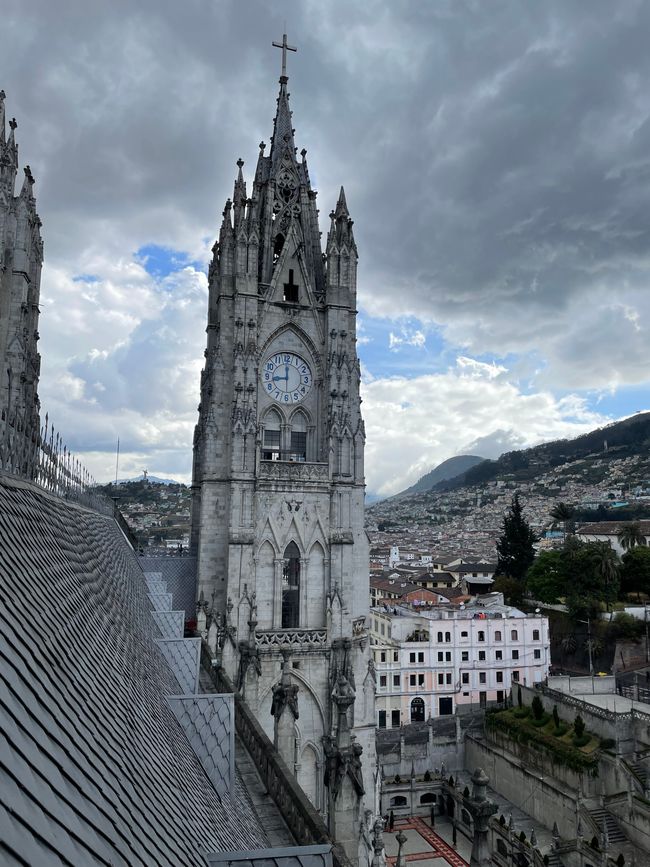
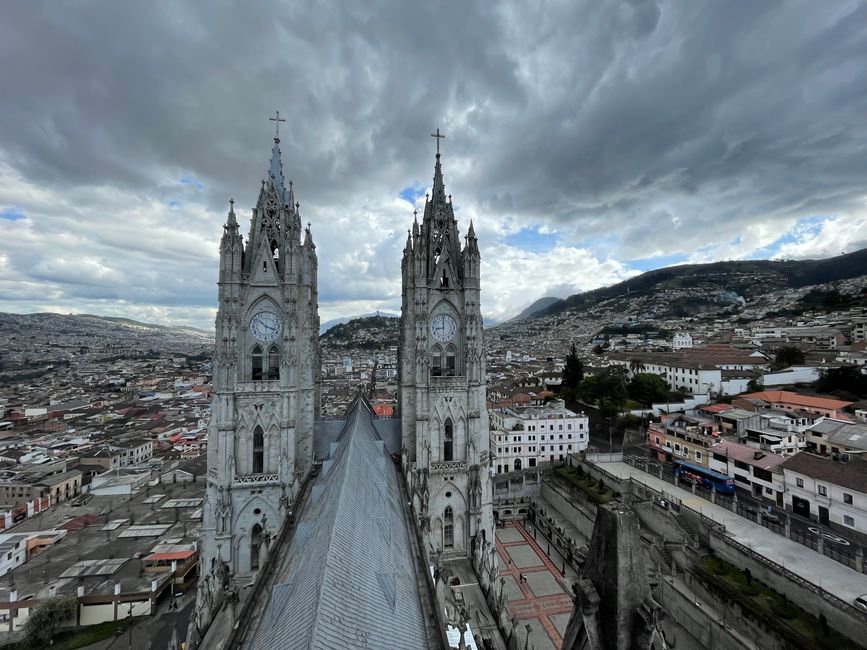
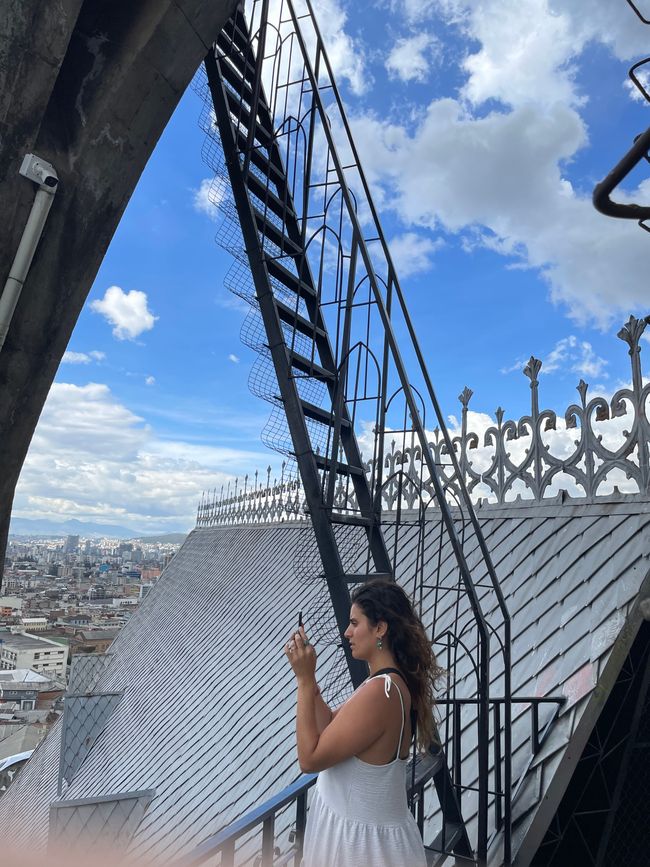
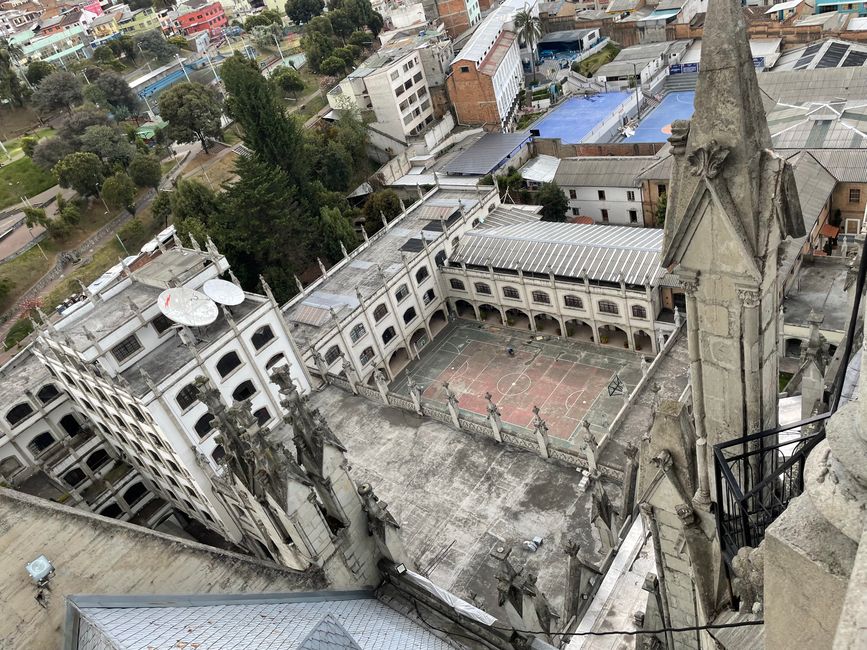
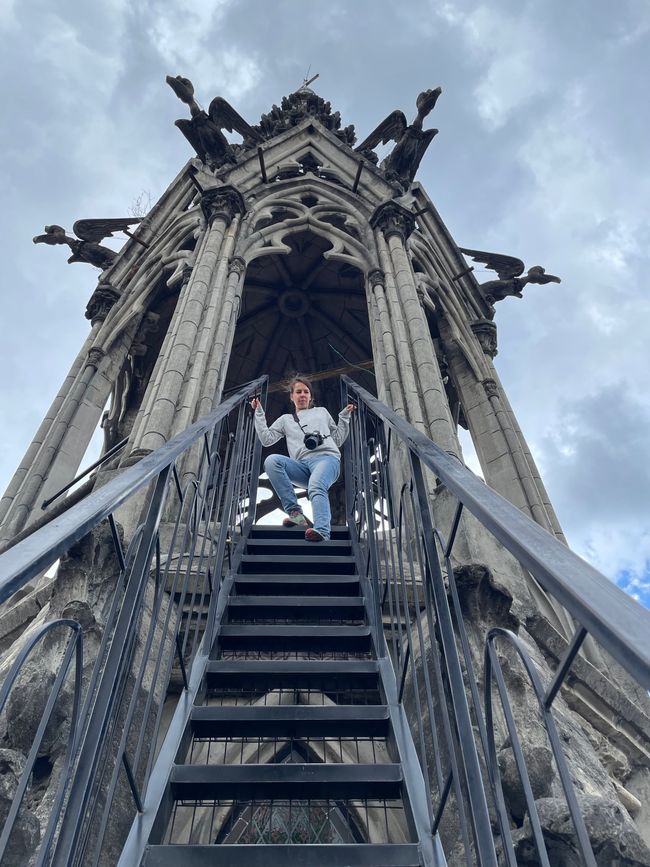
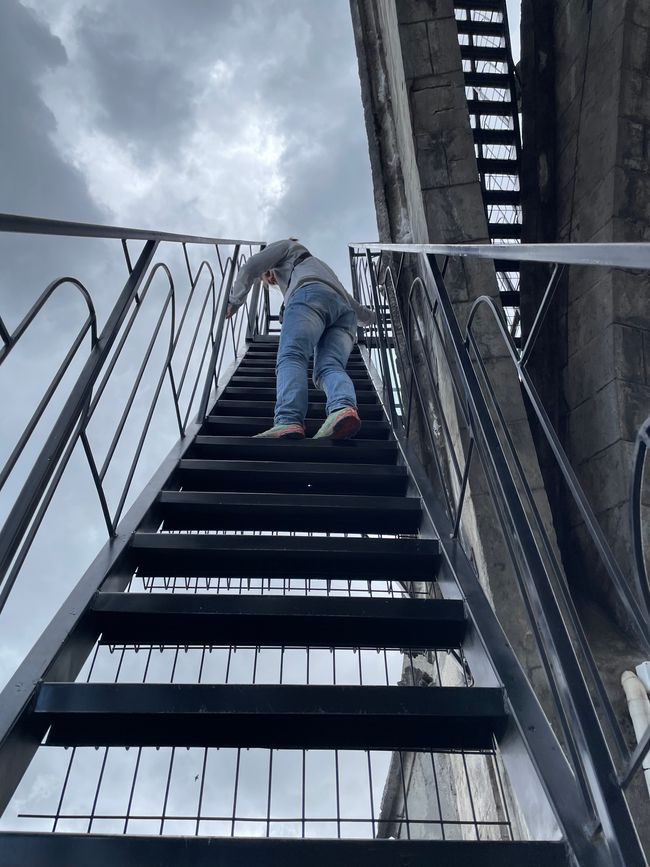
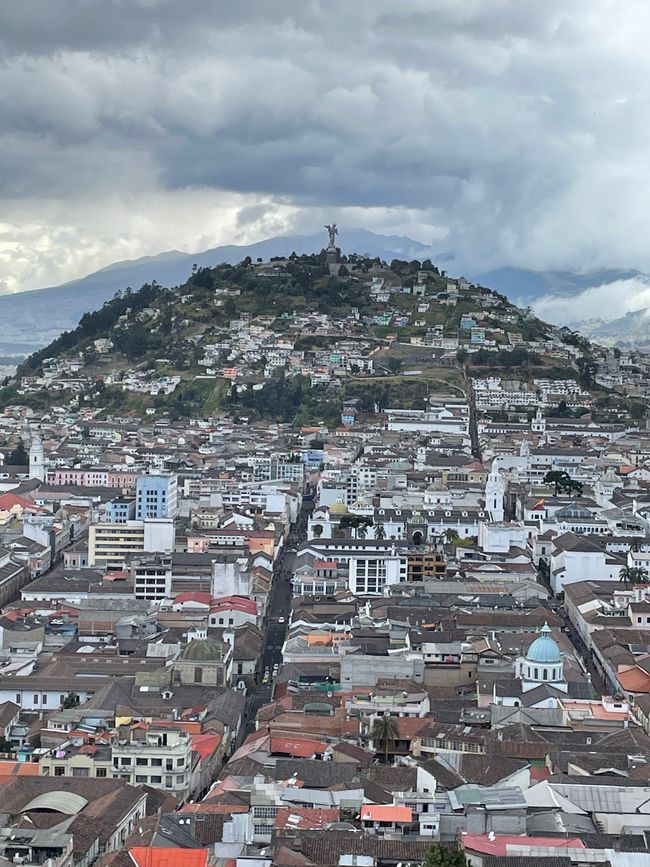
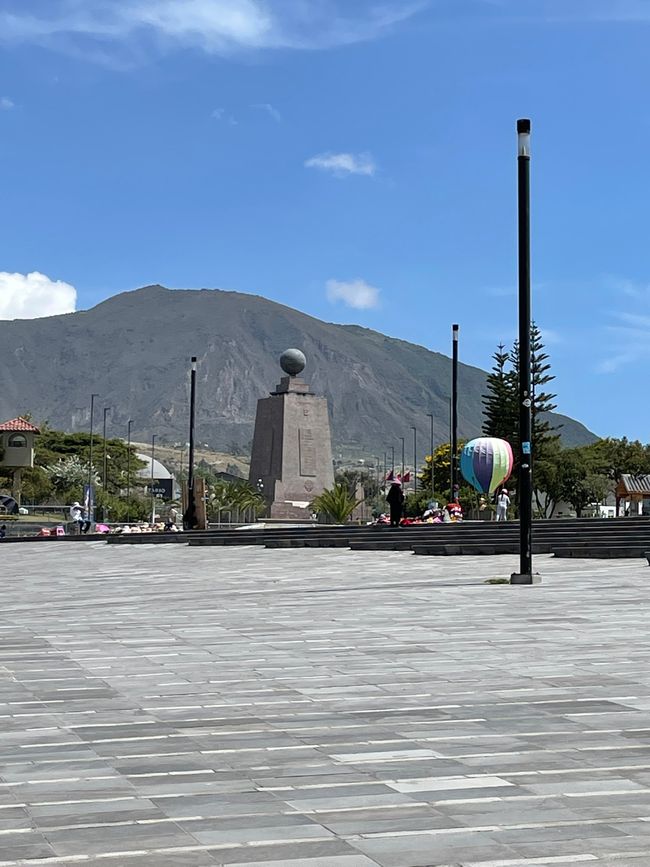
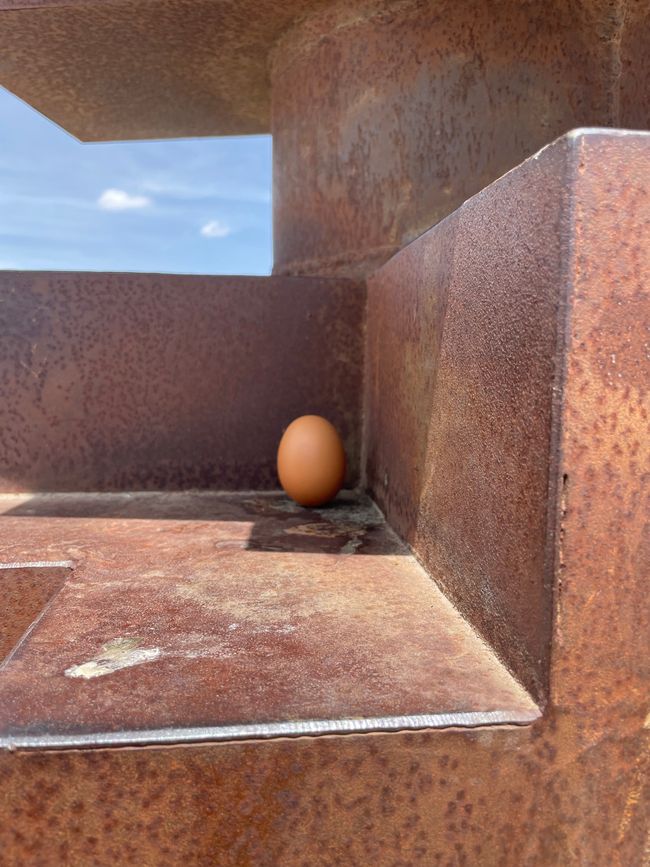
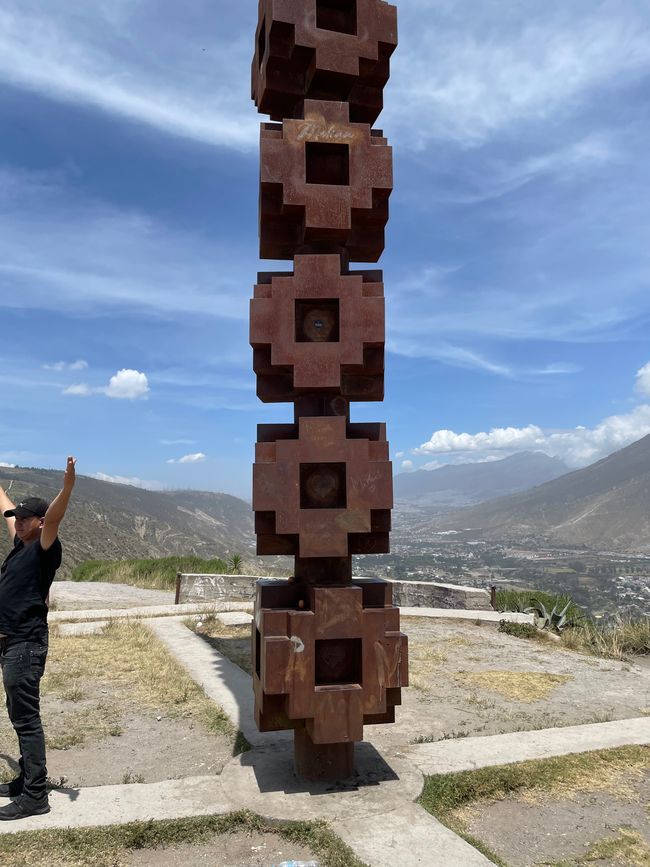
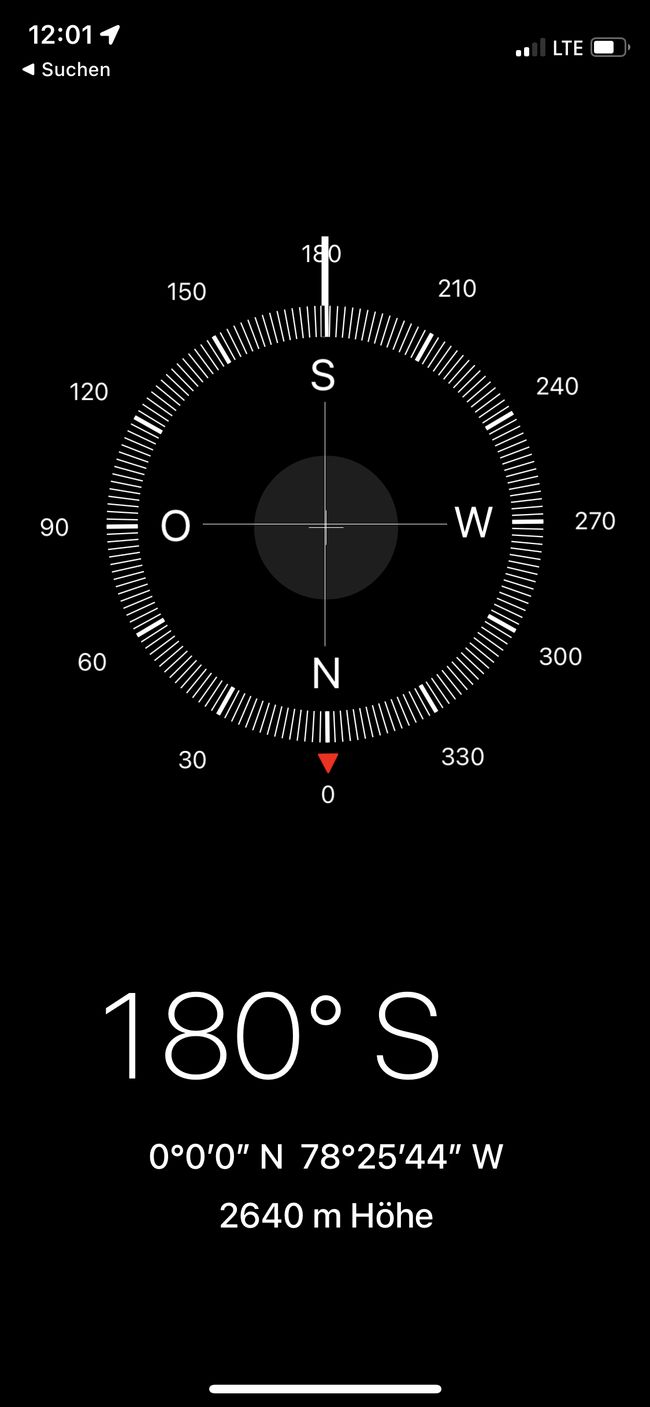
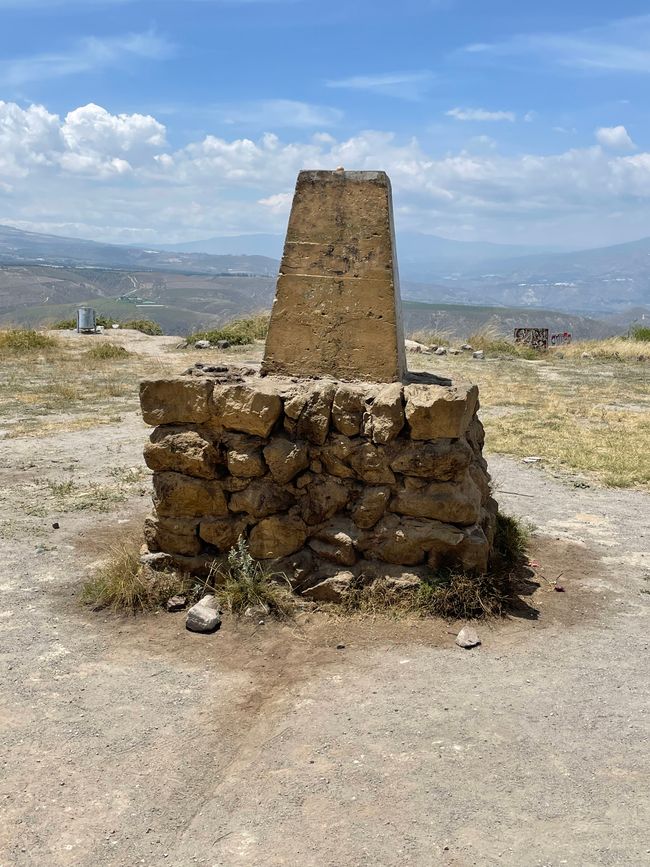
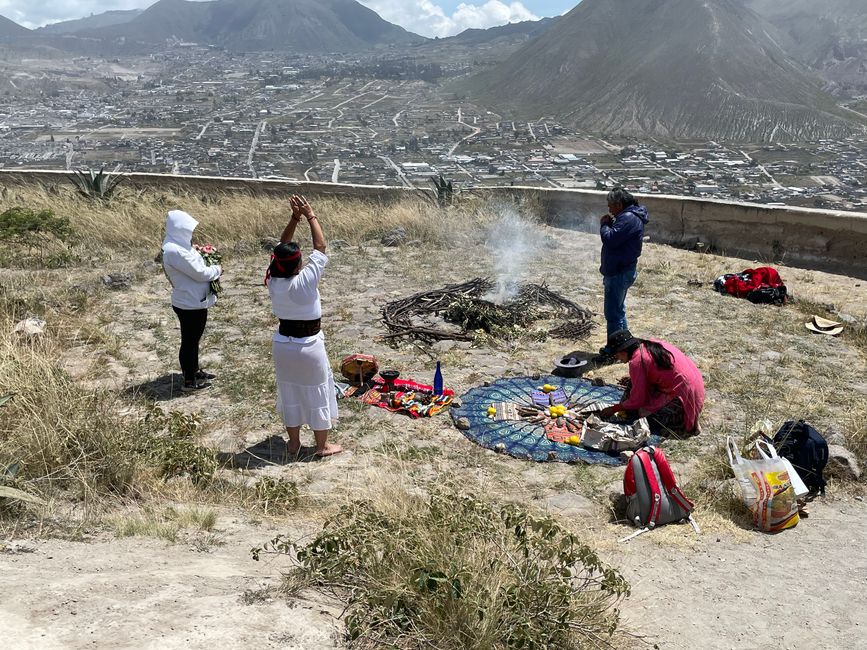
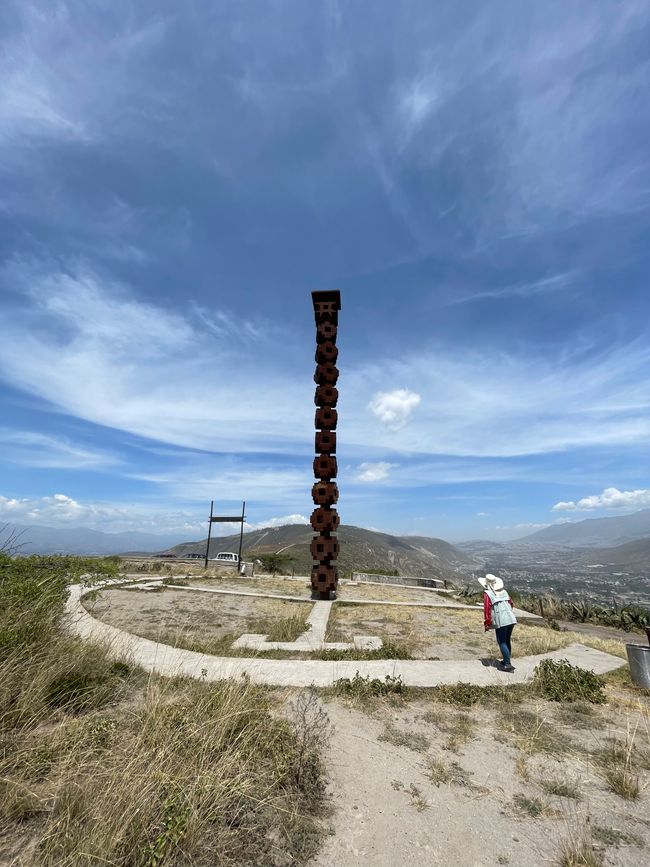

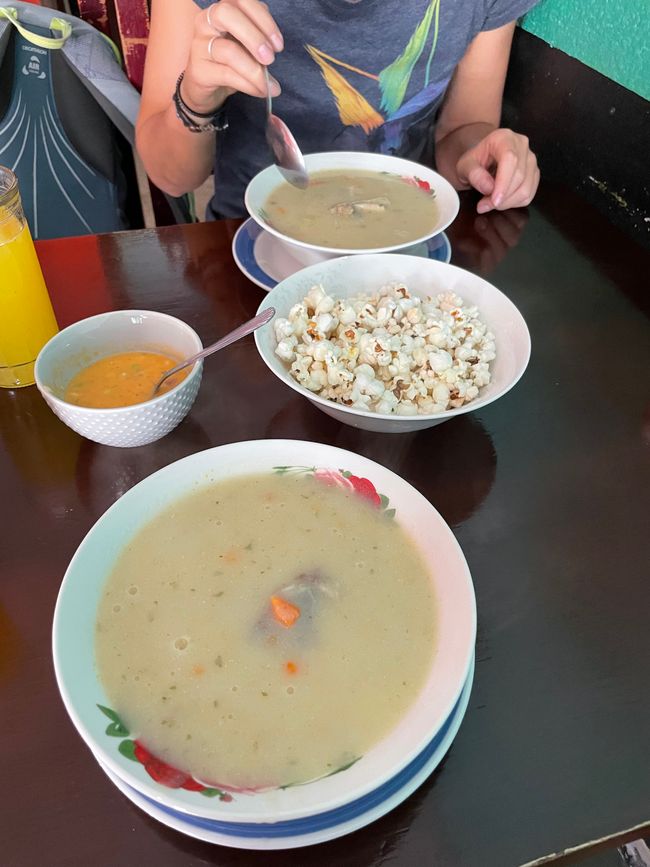
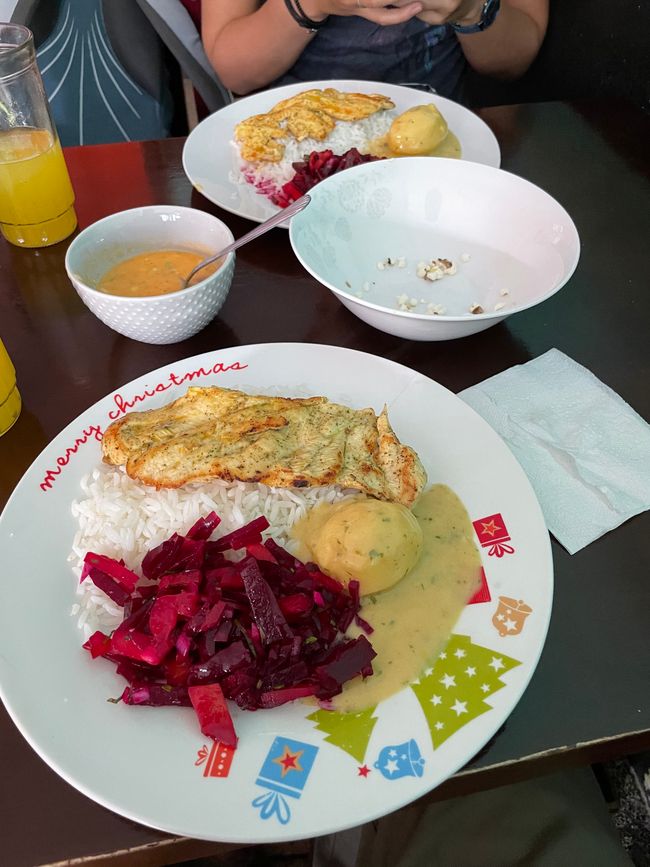
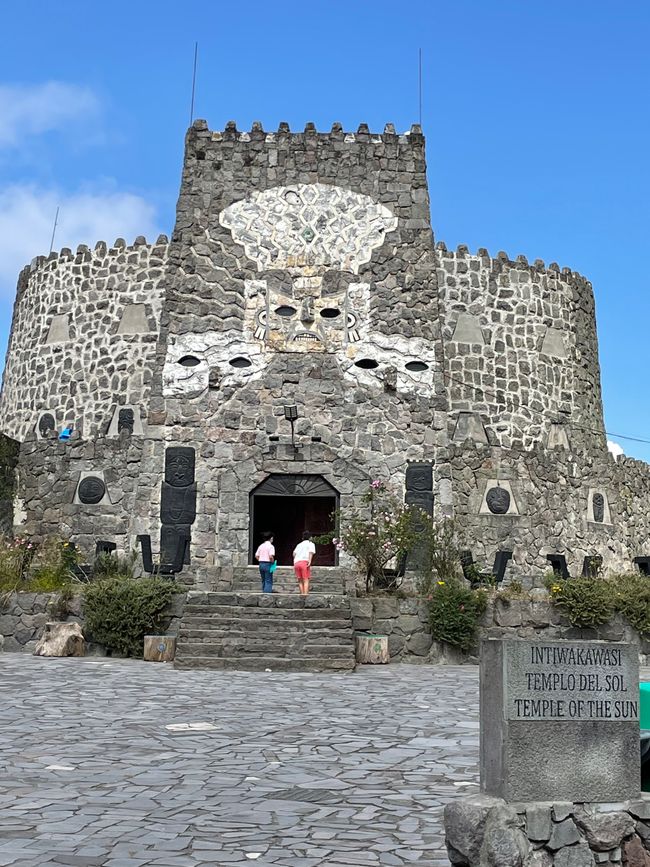
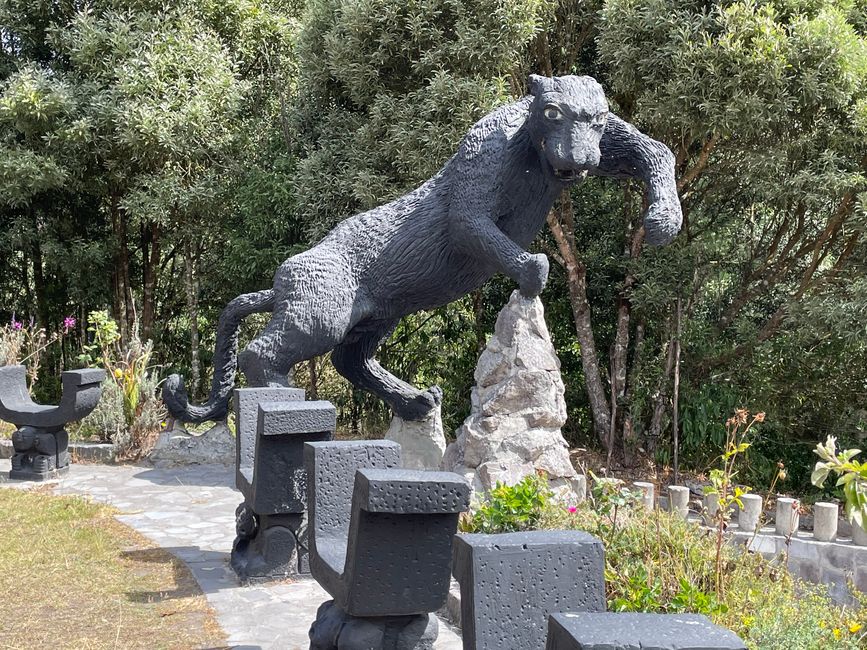
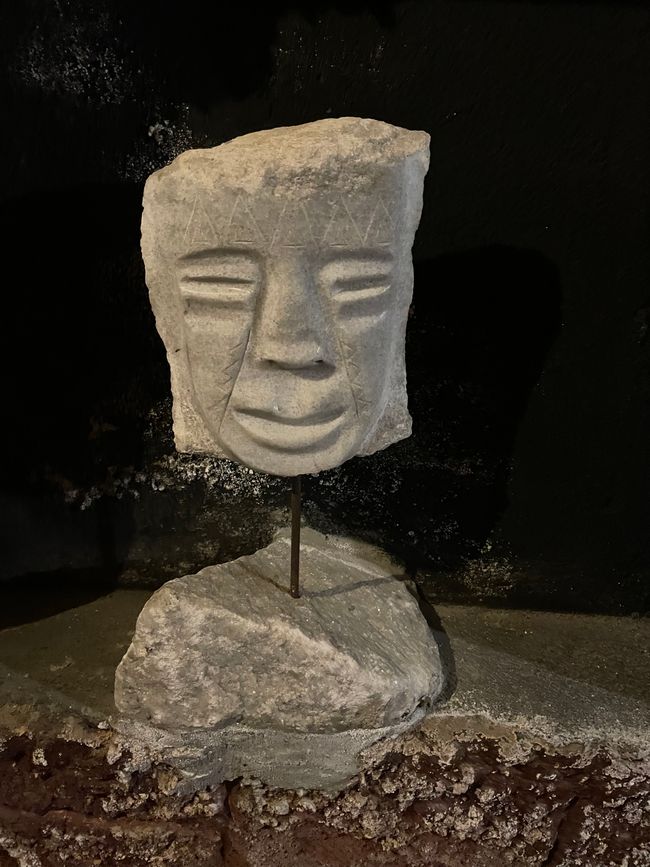
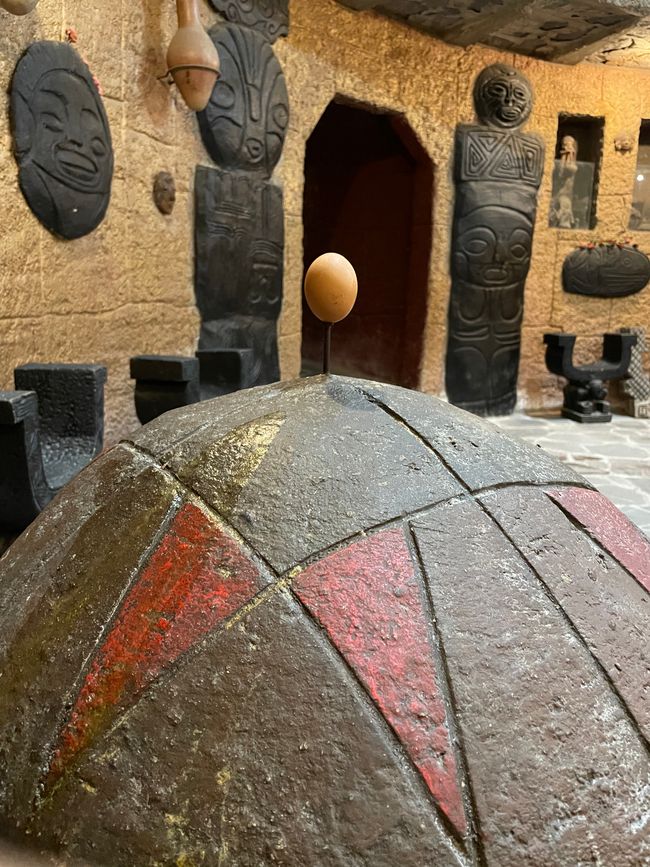
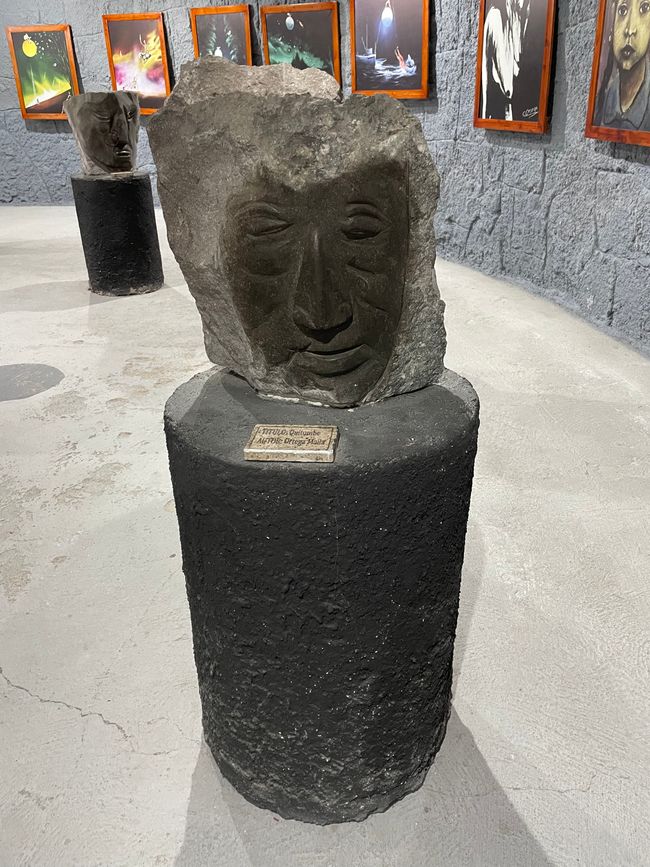
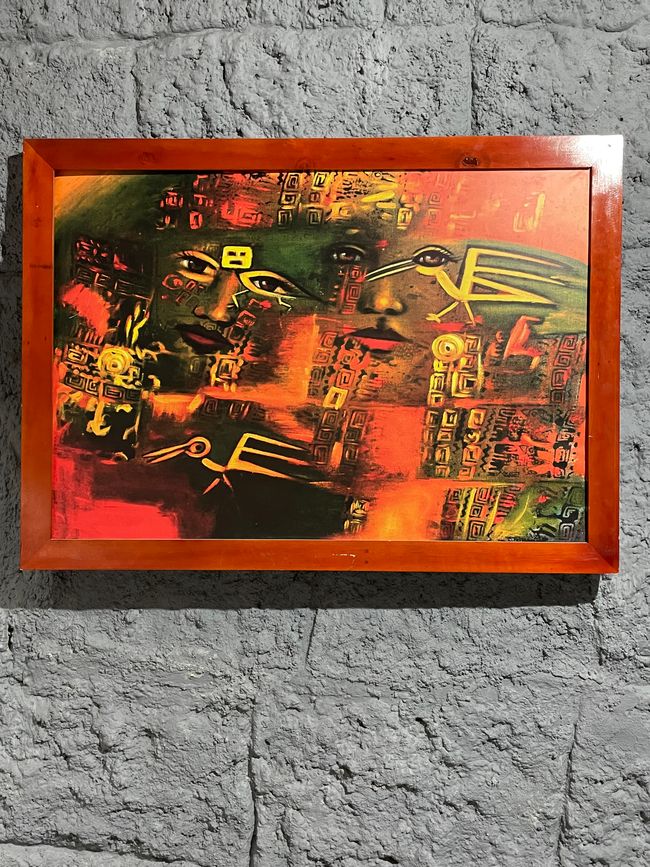
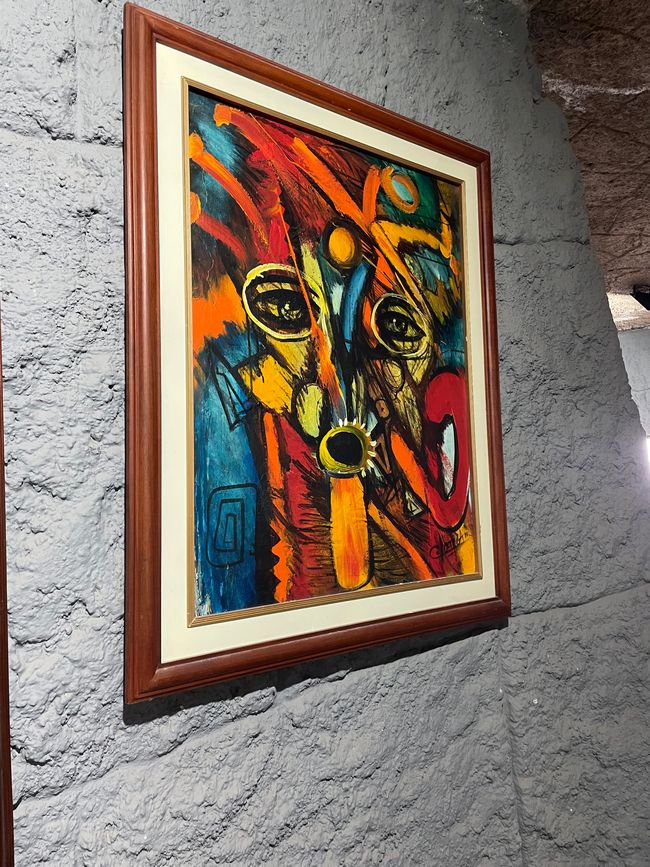
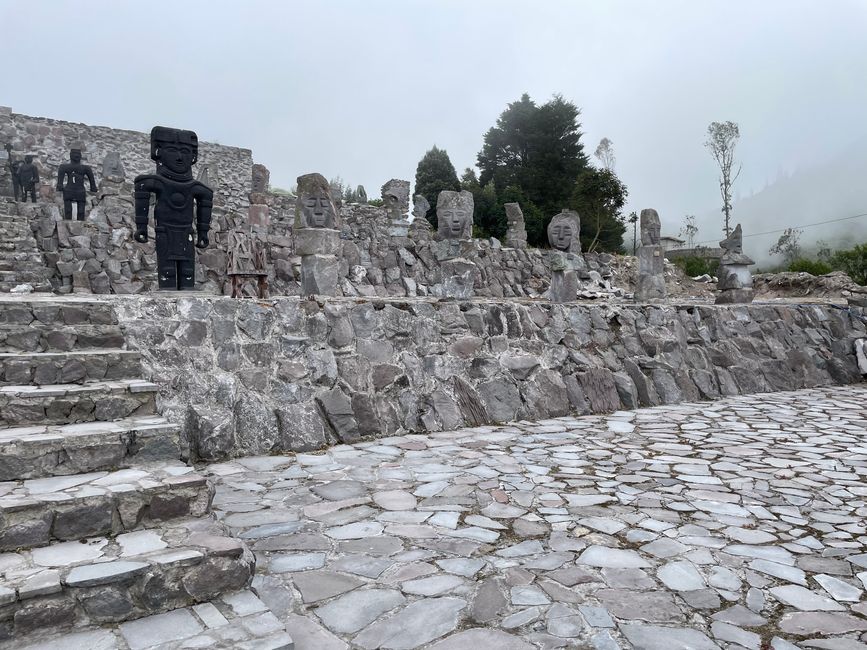
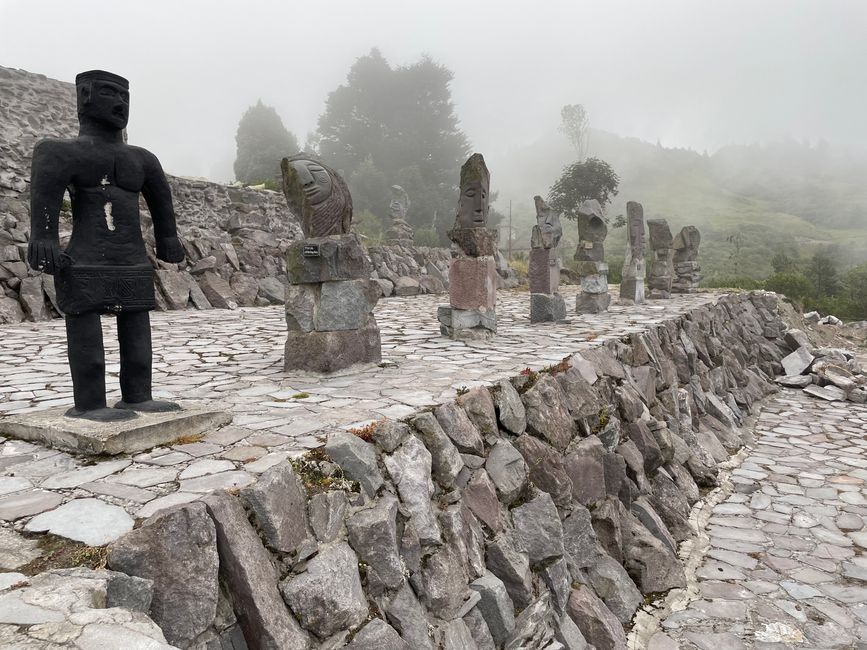
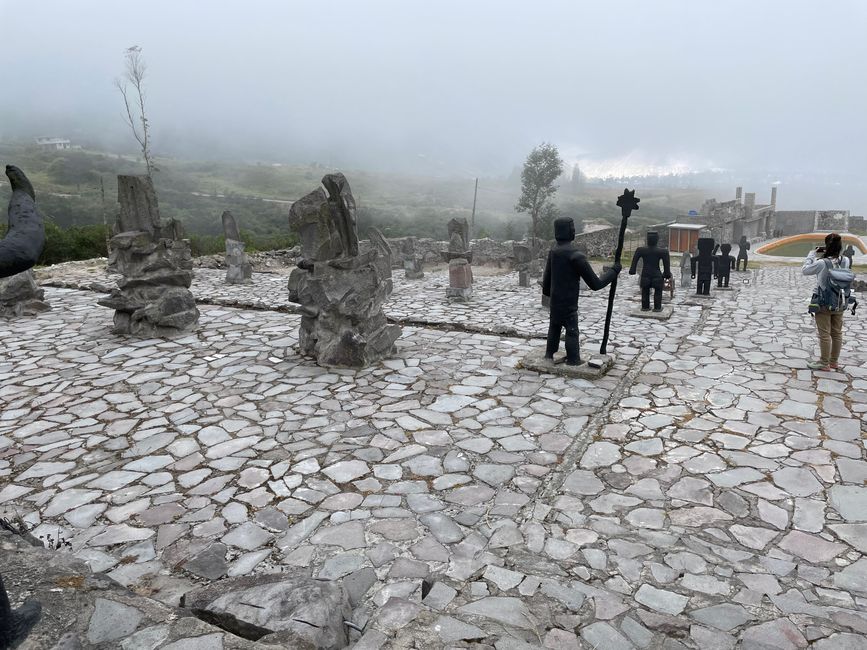
ન્યૂઝલેટર પર સબ્સ્ક્રાઇબ કરો
On July 24th, our journey continued to Quito, this time with Avianca. At Bogotá airport, we were informed that we would not be allowed to enter Ecuador without a return or onward flight. In various forums, you can read different things, especially when you have a German passport... The lady did not listen to us at all. I told her about our previous trip and our future plans, but she didn't care and didn't let us check in. The problem was that we were already quite tight on time and at Bogotá airport, there is only half an hour of free (but very slow) Wifi. I politely declined the woman's offer to buy a ticket for a flight with Avianca at the ticket counter. I managed to buy a fake flight ticket to Panama through a website (I told the woman we were traveling to Peru afterwards). We are not actually booked on this flight, it is solely for entry into the country. That calmed the woman down and we were allowed to check in. However, she then sent us all the way through the airport to 'exit' Colombia. It turned out to be pure harassment, we could have just gone straight to the security check. I don't know why, but I can't shake the feeling that the woman simply didn't like us. Especially since we were once again not allowed to board...
Upon arriving in Quito, entry was very easy. If you answer the question 'Y su profesión, cuál es?' with 'Soy ingeniero mecánico' (I am a mechanical engineer), the officials let you in without any further questions.
Quito has around 2.7 million inhabitants and is located between 2850 and 3150 meters above sea level. The climate here is beautiful. On our second day, we visited the old town and bought some useful things (SIM card, socks, clothes). The city's public transportation network is rather difficult. Buses don't go where Google says they do. Buses have no numbers, and you don't know which bus is departing. Bus schedules at stops are extremely confusing. There are the numbers of the lines that run at the stop, but you don't know which of the colored lines corresponds to which number. And the bus network is basically drawn on a dead map. So you don't know where you will end up in the city if you get on a bus. But our tactic has proven itself: just get on and see where you end up. If you are too far away, get on somewhere else.
On the second day, we visited the equator in the north of the city. In Quito, there are basically two 'equators': on one hand, there is the 'Mitad del Mundo' (Middle of the World), a monument built by the French, which is about 8 seconds of arc south of the equator: I won't say anything about that (indigenous people managed to accurately measure the equator over 1000 years ago...). On the other hand, there is the real equator, which is located on the equator itself. We visited the latter, as it is much less crowded. Here, you are shown some 'physical' experiments. For example, you can supposedly balance an egg on your head, which allegedly has to do with the much higher gravitational force there. Maybe you just put the egg on a slightly uneven surface and with a bit of skill, it stays in place. Afterwards, we went to eat. We had maize soup (with popcorn), a dish with rice and chicken, and a drink: all together for a whopping $2.50.
After that, we went on to the Museo Templo del Sol (Temple of the Sun). This museum was set up by the painter Ortega Maila to exhibit his paintings and other works of art. He painted only with his fingers, without the use of brushes or anything like that. It actually looks quite good - although I'm not really a fan of any kind of art exhibitions. The museum itself is really well done and for a $4 entrance fee, you even get a guided tour of almost two hours.
Afterwards, we took the bus back - thanks to the great public transportation system in Quito, it only takes about two hours (but costs only $0.70 per person). A taxi would have taken about an hour, but would have cost about 300 times more.
ન્યૂઝલેટર પર સબ્સ્ક્રાઇબ કરો
જવાબ આપો
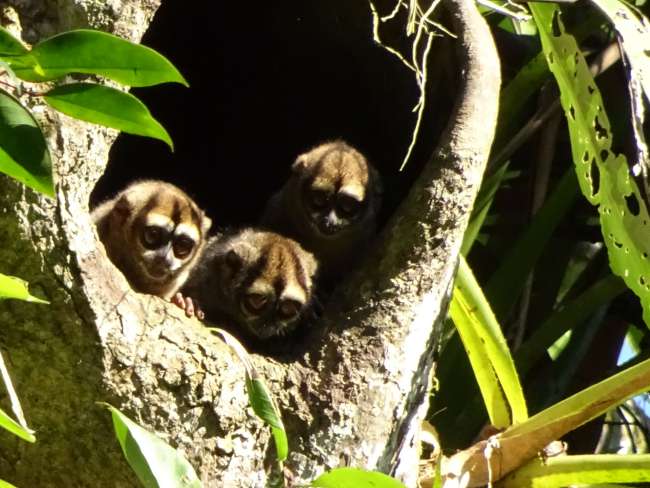
મુસાફરી અહેવાલો એક્વાડોર
